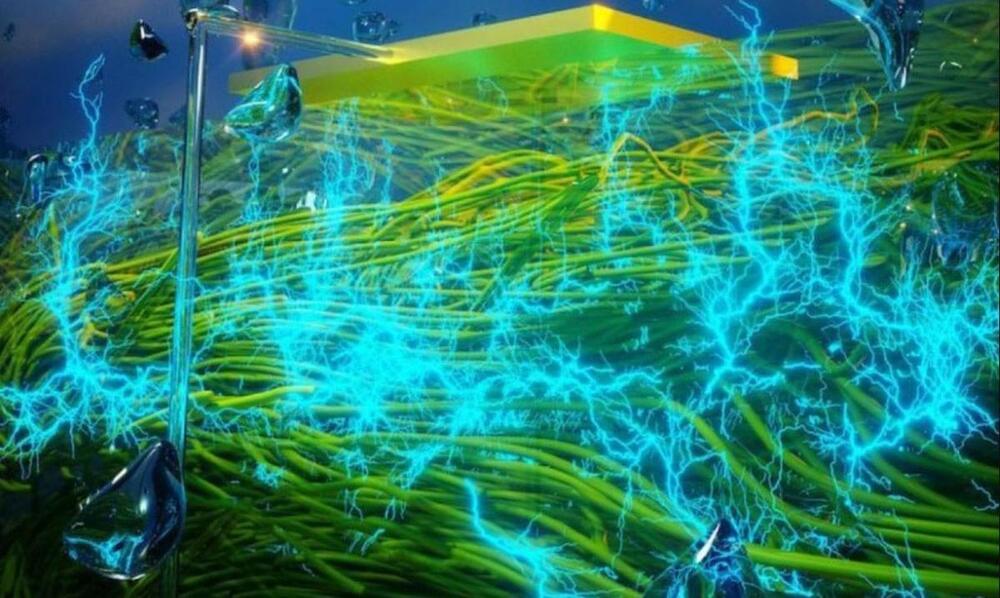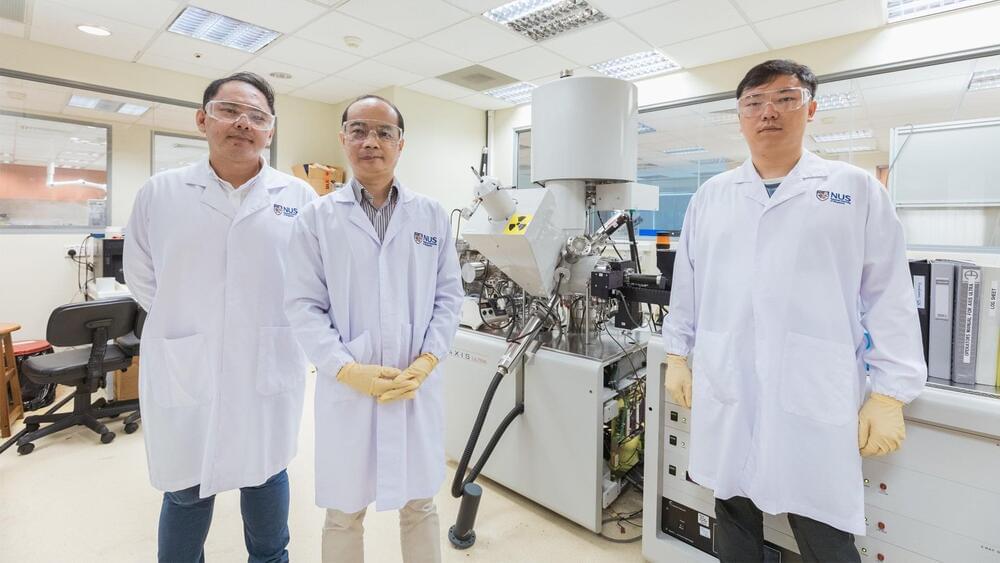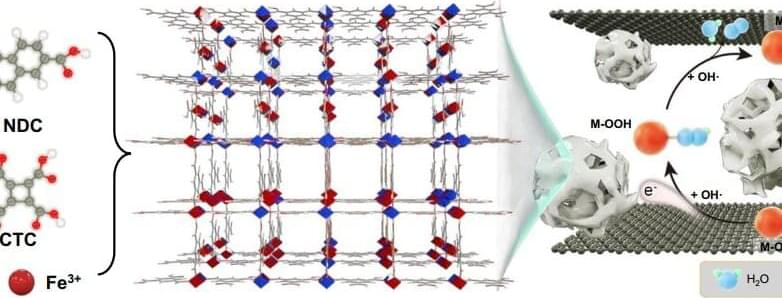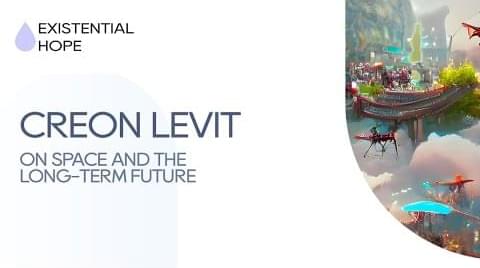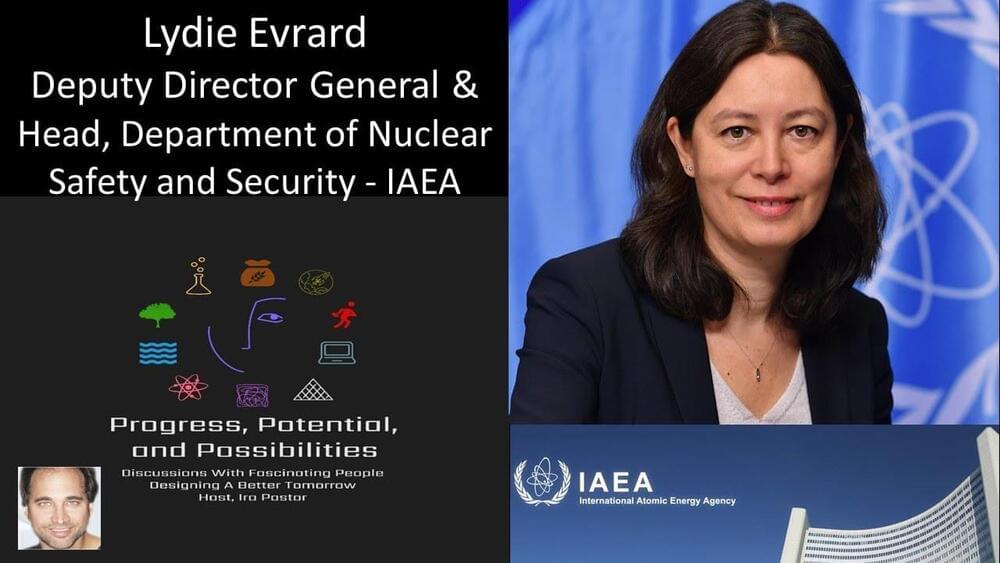Oct 31, 2022
Beaming Clean Energy From Space — Caltech’s “Extraordinary and Unprecedented Project”
Posted by Genevieve Klien in categories: engineering, solar power, space travel, sustainability
Technology capable of collecting solar power in space and beaming it to Earth to provide a global supply of clean and affordable energy was once considered science fiction. Now it is moving closer to reality. Through the Space-based Solar Power Project (SSPP), a team of California Institute of Technology (Caltech) researchers is working to deploy a constellation of modular spacecraft that collect sunlight, transform it into electricity, then wirelessly transmit that electricity wherever it is needed. They could even send it to places that currently have no access to reliable power.
“This is an extraordinary and unprecedented project,” says Harry Atwater, an SSPP researcher and Otis Booth Leadership Chair of Caltech’s Division of Engineering and Applied Science. “It exemplifies the boldness and ambition needed to address one of the most significant challenges of our time, providing clean and affordable energy to the world.”


